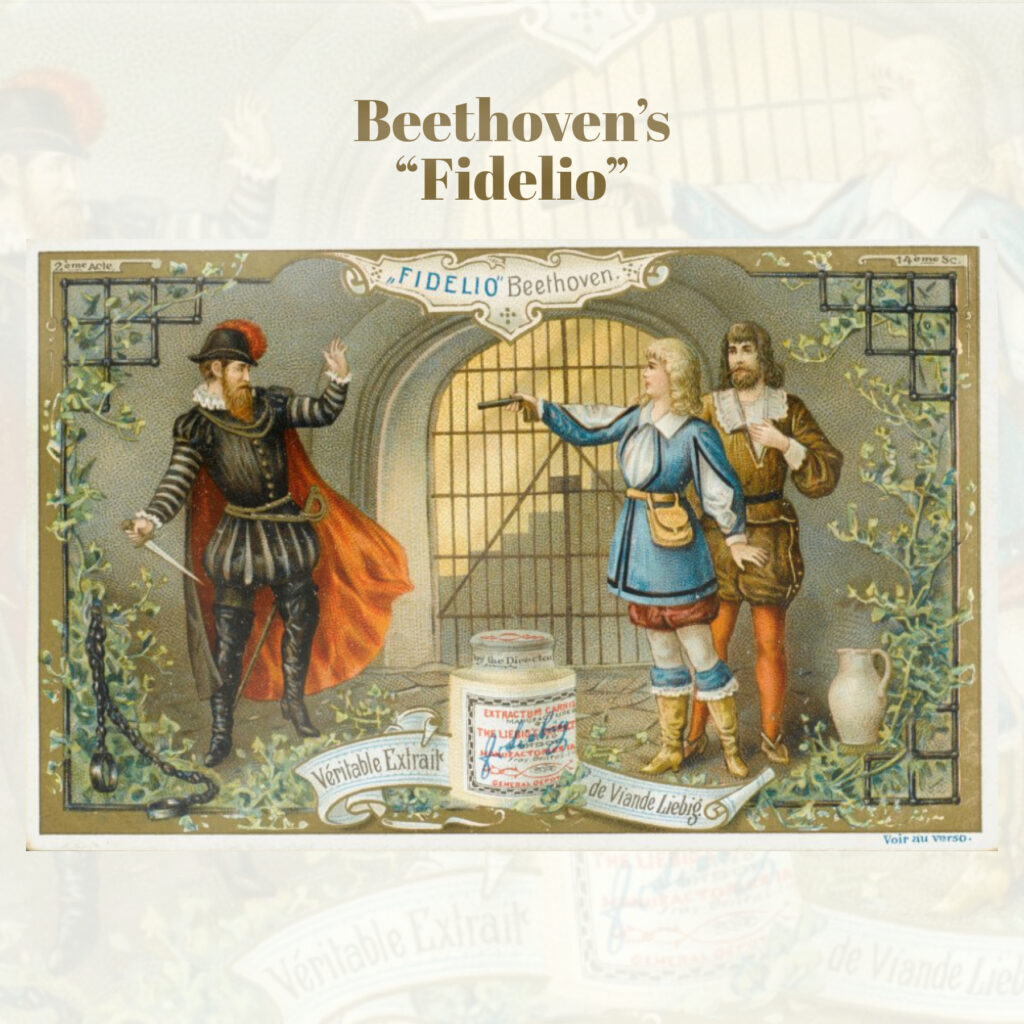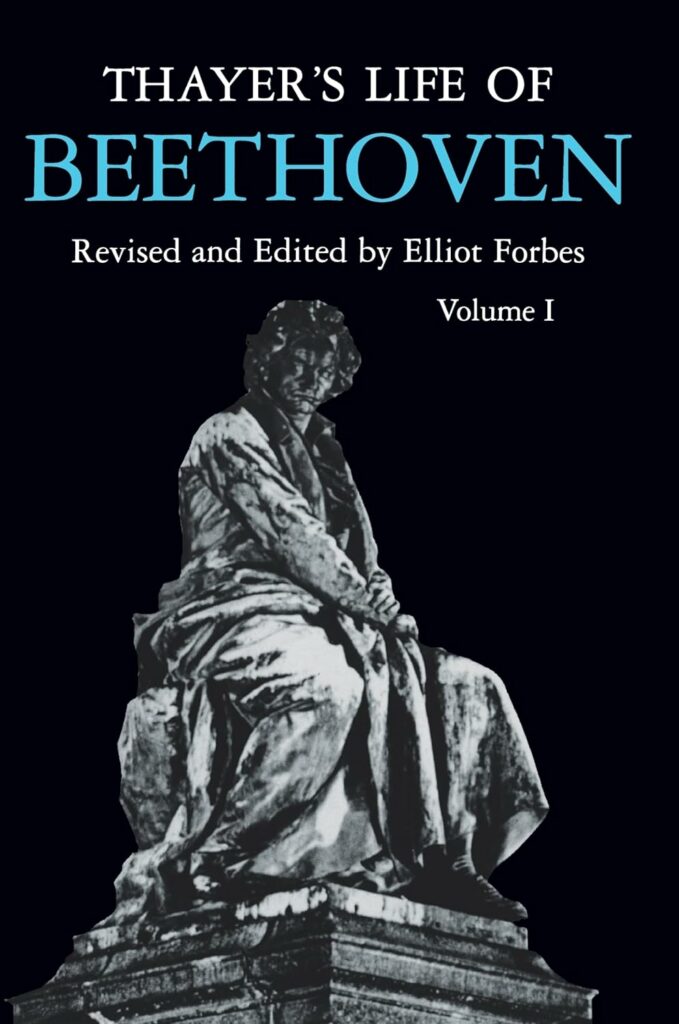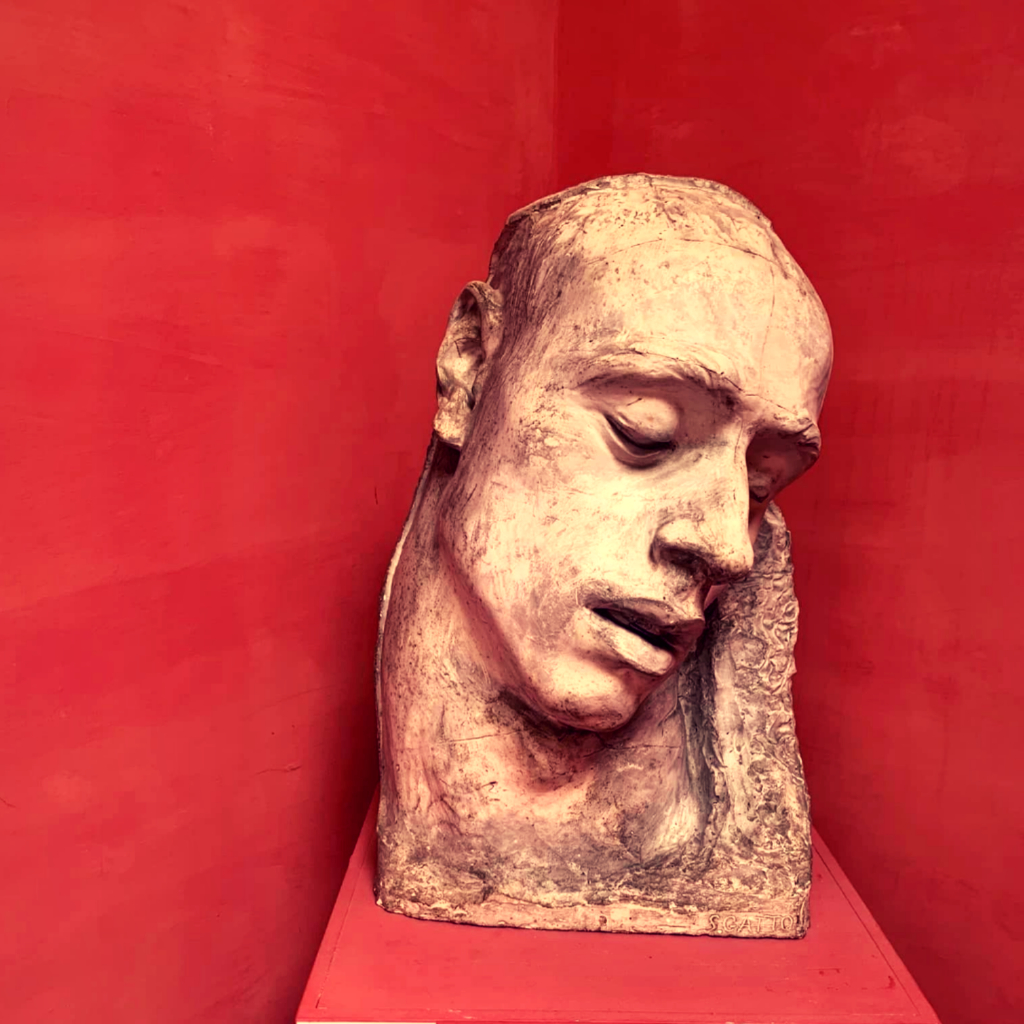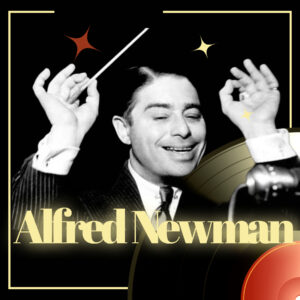
The one and only Beethoven’s opera “Fidelio” was first performed on November 20, 1805, in wartime, a week after Napoleon’s invasion of Vienna. Napoleon’s army crossed the Austrian border on October 30, 1805. With the weapons he had, his army spent weeks reaching unprotected Vienna. However, Napoleon established his headquarters at Schönbrunn Palace and ordered his soldiers to behave correctly with the inhabitants. The French officers’ journey to Vienna for the premiere of “Fidelio” at Theater an der Wien” was an example of this “correctness.” As Napoleon liked lighter music, he seemed to know nothing about this important event.
In the 1800s, Beethoven had hearing loss. He gets depressed and withdraws from society as a result of his deafness. The composer wrote his most well-known compositions during these years, one after the other. His opera “Fidelio” is a stunning homage to justice and a musical protest against all sorts of unfairness. 4 overtures and 18 versions of the main heroine’s aria, 11 years of work on the opera, and 3 of its editions… Shortly before his death, Beethoven gave the score of his only opera to a close friend and biographer, Anton Schindler.
"Fidelio" is one of the notable examples of the "opéra de sauvetage," or rescue opera. In France and Germany in the late 18th and early 19th centuries, rescue opera was a specific kind of opera. Typically, rescue operas concentrate on saving the main character from danger and conclude with a joyous theatrical denouement whereby noble humanistic principles prevail over self-serving motives. Around the period of the French Revolution, these kinds of operas gained popularity in France; many of them included the rescue of a political prisoner. Rescue opera sprang from the French bourgeois opéra comique, both stylistically and conceptually. It also started a new musical tradition that influenced French grand opera as well as German Romantic opera.
"Rescue opera" was not a contemporary term. In 1927, Dyneley Hussey translated Karl M. Klob's 1913 allusion to Fidelio as "das sogenannte Rettungs- oder Befreiungsstück" in Die Oper von Gluck bis Wagner into English and used it as a phrase. According to David Charlton, the term "rescue opera" was invented to create the impression that there is some unsubstantiated link between French opera and Beethoven's compositions.
This genre is termed the pièce à sauvetage, or opéra à sauvetage in French, or Schreckensoper (terror opera), Rettungsoper, or Befreiungsoper (liberation opera) in German.
Beethoven’s original material was a French libretto by Jean-Nicolas Bouilly called “Léonore, ou L’Amour Conjugal”, which has grown into Pierre Gaveaux’s opera and premiered in Paris in 1798. The story was based on events in Tours during the Reign of Terror.
Gaveaux’s “Léonore”, ou “L’Amour Conjugal” was an comedian opera, a style that did not necessarily contain comedy but which always included conversational dialogue as well as singing music. It was the equivalent of the German Singspiel that Mozart used in The Magic Flute and Beethoven (with less emphasis on comedy) used in Fidelio. Viewers outside the German-speaking world found the text controversial and complained that it had slowed down the performance of Singspiel’s operas.
The opera “Fidelio” reflected the separate stages of Beethoven’s titanic work, as it had three editions, each of the editions was marked by a theatreal production. The creative process is more evident in the four overtures (“Leonore Overtures No. 1-3” and “Fidelio” Overture) created by the composer to this opera – all of them are part of the modern concert repertoire.
Having created in “Leonore Overture No. 3” a genius sample of the programming overture, Beethoven did not fully solve the problems of the opera overture: the advantages of this overture as an excellent instrumental drama reflecting purely symphonic means heroic plot, its drawbacks are as an introductory play to this opera, which begins in the spirit of everyday Singspiel and only at the end of the first act enters into the dramatic. The same applies to “Leonore Overture No. 2”.
Both overtures were too huge. They suppress the first scenes. How to descend from these epics to the chatter of the jailer’s family? Beethoven couldn’t help but realize this. That’s why he wrote another overture for the new edition in 1814.
In it, it was as if he had stepped back after his own great conquests, creating a cheerful, though not devoid of heroic energy, introductory play not directly related either to the theme of the opera or to its drama. However, such an overture, regarding the «neutral» character, did not enter into a serious contradiction with any of the stylistic spheres of the opera “Fidelio”, and it is in this sense that it has remained as an overture to the opera until today, while the other three became solely concert repertoires.
In the overture “Fidelio” Beethoven not only intentionally “eased” the content, depriving him of conflict, but created all the music completely new, nothing borrowing from the three previous overtures, even tonality: now to major three “Leonore” came major (this is the key of the great aria of Leonore of the first action, but has no other significant connection with the aria of the overture).
As a result, the four Beethoven overtures to one opera showed four different approaches to the opera overture problem, which was important for the entire subsequent epoch.
After Fidelio’s failure at the premiere, Beethoven made significant changes. Although Stefan von Brening in 1806 and Georg Friedrich Treckne in 1814 modified the libretto, the opera’s narrative with Marzelline/”Fidelio”/Jaquino still makes it seem difficult for the general public of Beethoven’s contemporaries. The first two acts were combined into one. By 1814, Beethoven had written four sentences. The fourth, called the Fidelio overture, was used in opera.
With his somewhat archaic dramatic elements and conversational dialogue, one might think that Fidelio would have a limited attraction for an audience that does not speak German. However, attending the play is a marvellous experience, and the opera becomes even more influential and influential at the retrial. That’s because it’s the story of an extraordinary woman whose love for her husband gives her the courage to act. And we’ve learnt that compassion can manifest itself in unexpected places like Rocco the Jailer.
Beethoven has written very theatrical music, which is also great. We hear a solo, a duet, a trio, a magnificent quartet (Leonore, Marzelline, Jaquino, Rocco) and two amazing choirs – sad for the prisoners and delightful, which completes the opera.
Fidelio has acquired an added value as a moral force in important cases. His 1814 speeches were interpreted as a celebration of the defeat of Napoleon’s army by the Allied forces. In 1933, Arturo Toscanini left the Nazi-occupied Wagner temple in Bayreuth and held Fidelio’s protest in Salzburg. In 1941, singers who were refugees of the IIWW sang “Fidelio” at the Metropolitan Opera under the Bruno Walter relay. This was to give a conciliatory tone when the Vienna State Opera opened in 1955.




